The advances in testing and genome sequencing during the COVID-19 pandemic will be crucial to predicting and managing future pandemics, according to scientific discussion during the NovaTalk webinar on February 26.
What’s more, the expanse of science over the past 15 months could now be applied to tackling the growing worldwide incidence of antibiotic resistance.
Prof. Sharon Peacock, Director of the COVID-19 Genomics UK Consortium and Professor of Public Health and Microbiology at the University of Cambridge, said: “I’m not afraid of the next pandemic. Let’s not be afraid but let’s be prepared. After COVID-19, we are in a much stronger position than we were before. We have better diagnostics, better ways of detecting viral threats and better means of control. But we have to be vigilant. There’s no point not learning from this pandemic and we have to understand where the next threat might come from, be able to detect and diagnose it as fast as possible and control it as fast as possible.
“I’m now looking at how science has expanded in this pandemic and how this can be fed back into controlling antibiotic resistance.”
Pandemic management
Prof. Peacock was among a panel of four invited to debate ‘The role of diagnostic tests and sequencing in managing a pandemic’ in a webinar organised by clinical diagnostic company, the Novacyt Group.
In a wide-ranging discussion moderated by Professor Jonathan Sackier, founding partner and Chief Medical Officer, Helius Medical Technologies, Prof. Peacock was joined by Prof. Chris Malloy, CEO of Medicines Discovery Catapult, founding director of the UK Lighthouse Labs and independent chair of the UK’s COVID-19 Rapid Test industry consortium, together with Prof. Steven Jones, the EVP Public Health at Bluefield Health Group, inc., Prof. Jones developed the Ebola, vaccine and led the response to MERS.
Back on track
Discussing the UK’s ability to return to ‘the new normal’ since the COVID-19 outbreak, all agreed on the importance of testing – together with genomic sequencing.
Prof. Jones said: “Testing is a key part of getting us back to normal. We have testing that is strong enough to enable us to get back to normal. We’ve come a long way, even in the last 20 years since SARS, in our ability to understand the evolution of a virus in real time. We now need the capacity to rapidly deploy new diagnostic tests. It is also essential that we have a privacy preserving mechanism to share verified health status based on these tests”
Prof. Peacock said: “Testing has a vitally important place in driving down the disease burden, combined with vaccines and genomic sequencing. SARS-CoV-2 sequencing, and COVID-19 vaccine efficacy are set to be long-term partners.
“In the past few months, we’ve seen a peak of variants and we need sequencing over time, to track and understand how much of a threat a variant might be to the population, so we can titrate our response. The SARS-CoV-2 virus mutates at around 1 or 2 times per month, but the fact that there have been more than 100 million COVID-19 cases worldwide has given the virus a lot of opportunity to evolve. So, it’s essential to monitor how its behaviour changes, how its transmission changes, whether it can evade the immune system, and how it’s picked up by diagnostic tests so we can forewarn the diagnostic test manufacturers to develop new tests.”
Prof. Molloy added: “Sequencing and bioinformatics give us predictability of some of the likely mutations. We can look ahead – get ahead of the virus – so that we can work with the diagnostic test makers, and know from the users’ perspective, what tests will be suitable. Genomic sequencing is therefore a prospective as well as retrospective ability.”
Test combination
The panel agreed there was a mutually important need for both central PCR tests and point of care, rapid lateral flow tests in the community.
“We need both forms of testing,” said Prof. Peacock, “- easy-to-use tests that you can distribute to schools, airports, workplaces, for rapid results to enable people to get back to what they want to do. Centralised testing has high value in efficacy, accuracy, throughput, data collection, and these large, centralised labs are at the top of their game.”
Prof. Molloy said: “There are so many different use cases for testing and having a combination of tests and locations is important. Over time we have developed and used a range of these and crossed the Rubicon in terms of accepting them in everyday life.”
There was discussion over the relative importance of diagnostic testing and antibody testing. Prof. Jones said that whilst diagnostic tests were essential for diagnosing who had a disease, especially if they were asymptomatic, antibody tests also had a strong role to play in providing information about where, and to what extent in a community, a virus has occurred. “Both tests broaden our knowledge of the behaviour of a virus,” he said.
Routine testing
Testing will become a routine part of everyday life, he added, together with vaccines and maintaining public health measures such as facemask-wearing, hand washing and social distancing.
“We’re all going to get used to having tests – being tested or testing ourselves. The key thing here is to make the behavioural changes required as a result of the testing. If you test positive, even if you had no symptoms, you have to stay at home.”
Prof. Jones said: “Normal made us vulnerable. The new normal will be taking tests and if you have an infectious disease, stay at home. It’s not just a benefit to you but it’s a public health intervention to help us manage a pandemic today or in the future.
“I hope we learn the lessons from COVID-19 that we failed to do from SARS, MERS or Ebola – analysing what went wrong and what went right. We seem to have a problem sustaining responses to learnings beyond more than two electoral periods.”
Prof. Molloy reiterated how fast science had advanced during COVID-19 with a ‘can-do’ attitude that broke down barriers. He said that future collaboration was key to predicting, detecting, treating, and managing COVID-19 and any future pandemics. “We should be prepared to work across boundaries of organisation and discipline, and to intrinsically trust people to share the same purpose,” he said,
Data overload
A key learning from managing the COVID-19 pandemic was how best to align fast-moving science to the public availability of results and data pre-peer review.
Prof. Jones said that scientists were accustomed to communicating in a mutually acceptable scientific way, which made it difficult for the public, and general journalists, to understand the context of breaking scientific results.
Prof. Molloy agreed: “We’re in an unprecedented age of immediacy of information, and this is broadcast on a daily basis. It’s very, very noisy – for all of us. But science is an accumulation of knowledge that eventually everyone agrees to be true. New science is emerging all the time, and in a fast-moving pandemic, you’re not going to get all scientists agreeing on the same thing on the same day.”
Prof. Peacock said: “COVID-19 caused data overload – not just for the public – for all of us. We need to work a bit harder at how we connect with people. We could be clearer in how we communicate our science.”




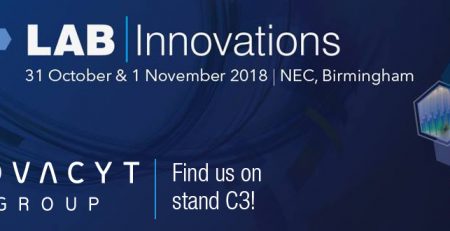
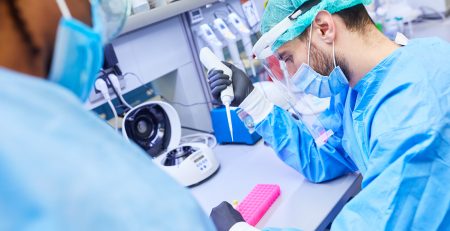



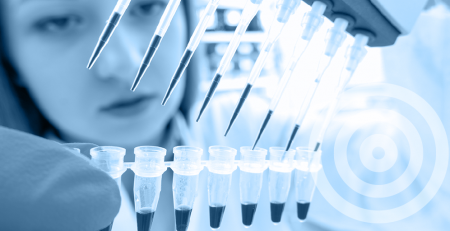

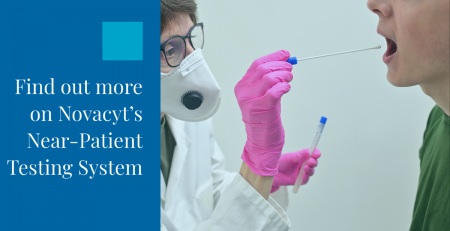
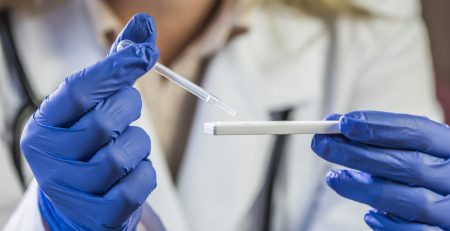

Leave a Reply